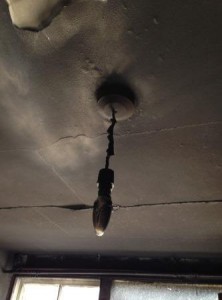 RMA Surveyors Ltd have recently been instructed to act as project managers for the restoration of a fire damaged flat in West Ilsley, Berkshire.
RMA Surveyors Ltd have recently been instructed to act as project managers for the restoration of a fire damaged flat in West Ilsley, Berkshire.
The property has been significantly damaged by fire within a couple of rooms, while the rest of the property has been heavily damaged by residual smoke and water, where the fire was extinguished.
Our instruction required us to:
- appoint and oversee the initial clean up and restoration – cleaning smoke residue, removing items such as white goods and furniture, cleaning surfaces and removing floor coverings and soft furnishings;
- advise the client to have the electrical services isolated, as they had been badly damaged by the fire;
- and draw up a specification and schedule of works to issue to tendering contractors.
Once a contractor has been selected, we will be responsible for overseeing the works through to completion. This will include regular site visits, liaison with the building contractor and the client, valuing and certifying works at key stages, liaising and reporting back to the loss adjustor and dealing with any ad hoc queries as required.
When works are completed we will certify and sign off the work. Works will be tendered and executed under the JCT Minor Works Contract. The fees for our appointment as project managers are covered by the insurance policy.
Appointing a project manager can help to reduce the stress that such potentially distressing situations can cause. As Chartered Surveyors, acting as project managers, we are able to use our professional knowledge and expertise in order to facilitate a swift and effective remediation process.
RMA Surveyors Ltd are highly experienced in insurance reinstatement work and as such we provide a service that is cost effective in regards to managing spend for the insurance claim and one that gives the client peace of mind that the project is being overseen and undertaken by professionals.
If you have been affected by fire, flood or other insured risk, please contact us on 01635 579208 or by completing the form below.
Contact Us
Fill in the below form to contact us today.

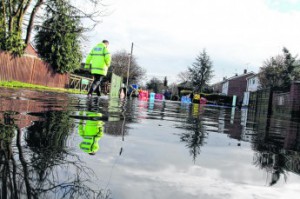
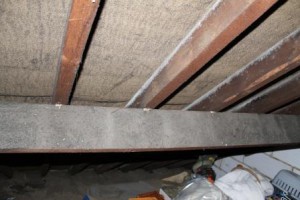
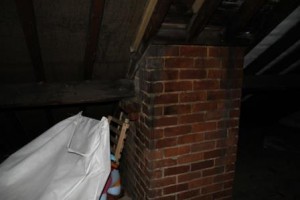
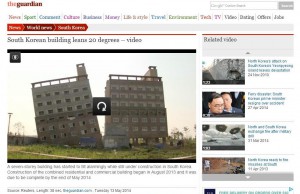
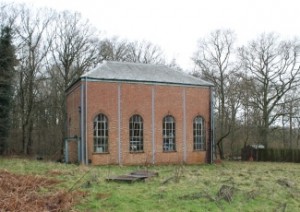
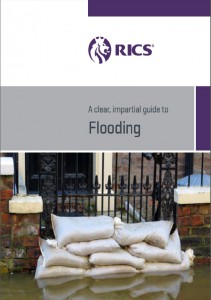 The Royal Institution of Chartered Surveyors has issued helpful advice in the wake of the recent flooding throughout the UK.
The Royal Institution of Chartered Surveyors has issued helpful advice in the wake of the recent flooding throughout the UK. 


